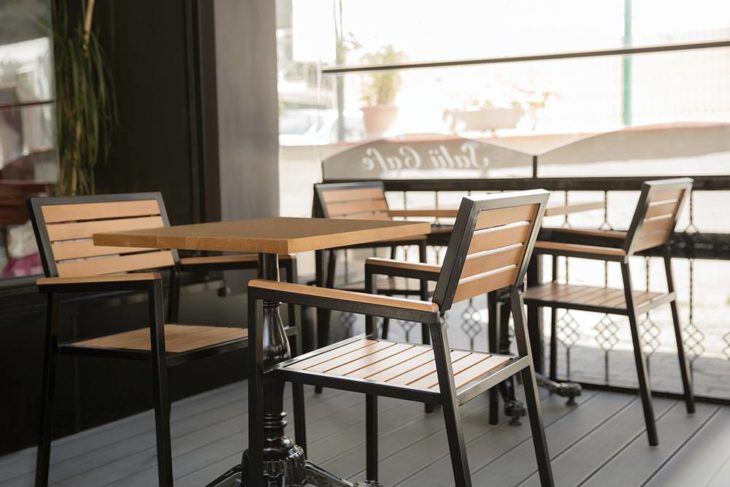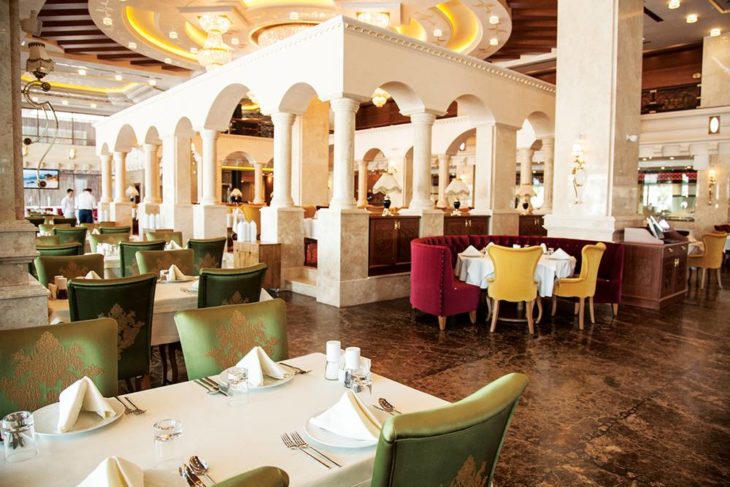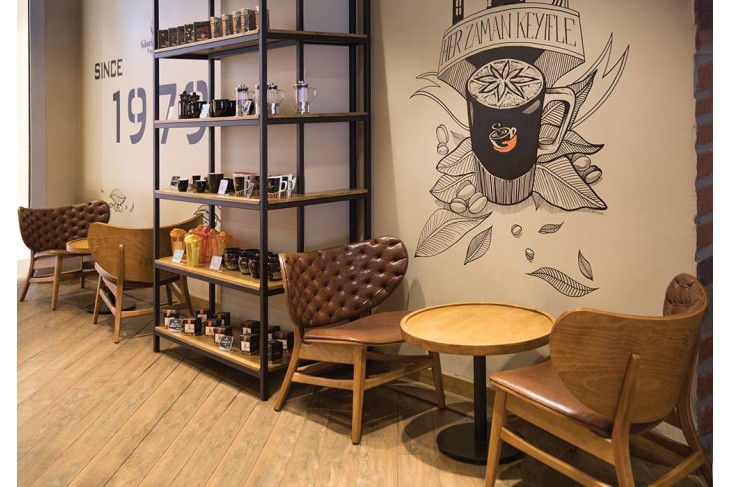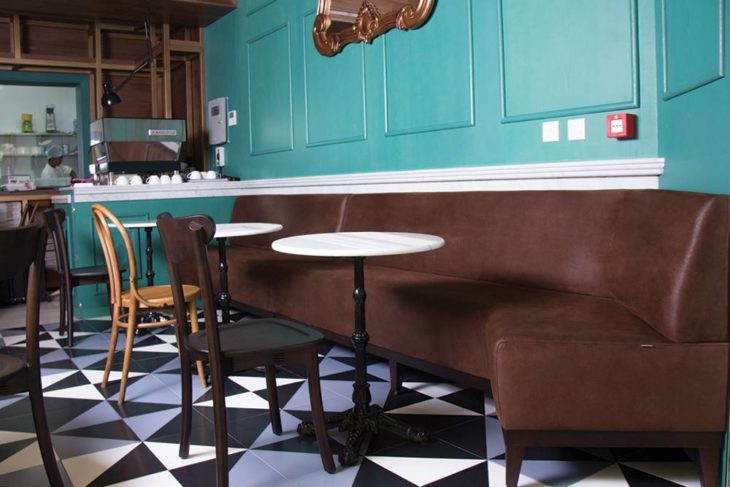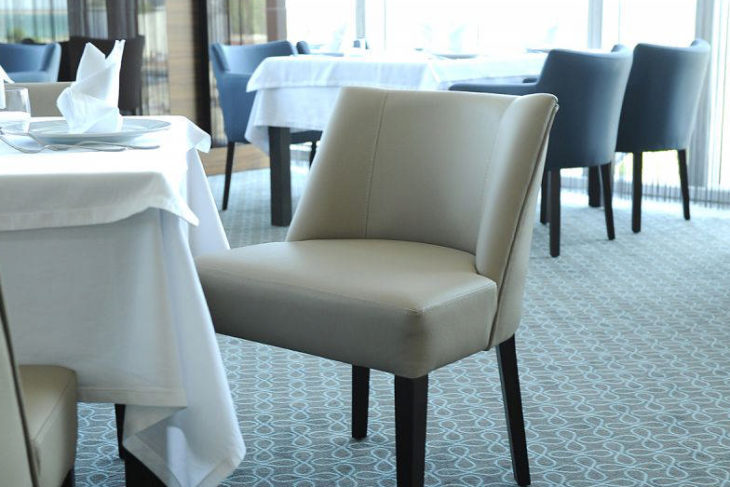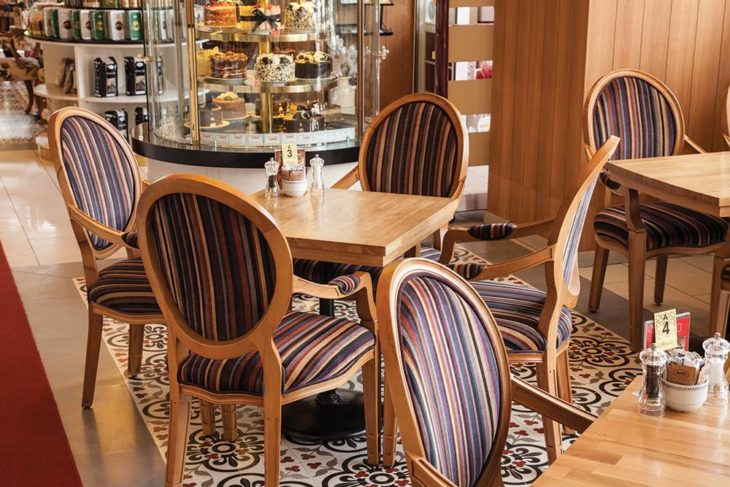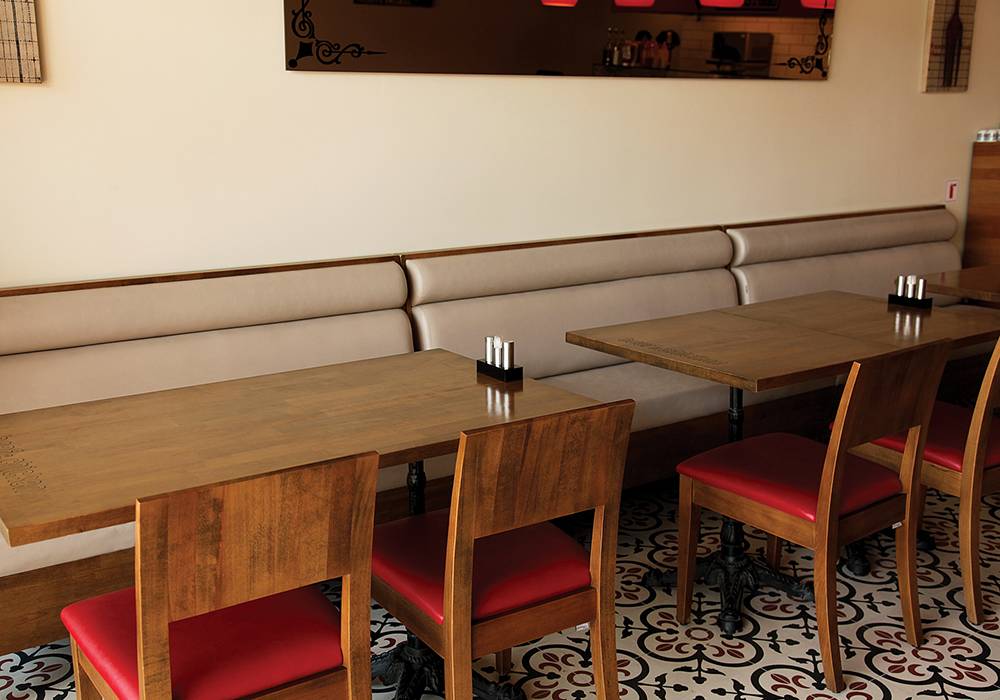
France is famous for its cuisine with the French known worldwide for their passionate love of food. Meals can be as basic as traditional baguette with cheese and ham up to elaborate dinners involving dozens of courses with a different wine for each course.
French Cooking Styles
Each region of France has its own unique traditions in how food is prepared and what ingredients are used.
There are four general approaches to French cooking;
- Cuisine Bourgeoise – also know as Classical French. These are rich and filling dishes which are often cream based. The recipes were once seen as regional but are now seen all over France.
- Haute Cuisine – classic French food at its most sophisticated. Generally the food is elegant, elaborate and rich and is characterised by an emphasis on presentation, the large portions and the heavy use of cream.
- Cuisine Nouvelle – this developed in the 1970s in a movement against the classical style. These dishes have an emphasis on local ingredients and simplicity with smaller portions and lighter flavours.
- Cuisine du Terroir – regional speciality dishes with a focus of local produce and traditions. This style of cooking is currently the most popular in France.
French Meals – What to Eat and When
Le petit dejeuner (breakfast) often consists of ‘Tartines’ (slices) of bread, Baguette or Croissants with jam and chocolate spread or slices of ham, cheese and boiled egg. Alternatively popular pastries to eat at Breakfast include Pain au Chocolat (filled with chocolate) or Pain au Raison (filled with raisins and custard). Adults tend to drink coffee or tea whilst children often drink Hot Chocolate in bowls. Cereals are mostly eaten by children and tend not to be favoured by adults.
Le dejeuner (lunch) is an institution in its own right in France and occurs between the hours of 12pm and 2pm when the majority of people will stop for a full two hour break. Restaurants will normally open at 12pm and close at 2.30pm. In larger companies and in schools lunch is eaten in a cafeteria which serves complete meals. In most schools children are provided with a 3 course meal and are not given an option but eat from a set weekly menu. Many workers in France, such as lorry drivers, are provided with lunch vouchers which can be used in many restaurants and supermarkets.
Le diner (dinner) is usually a family affair in France with most children having a snack after school at 4.30pm and then eating with their families later in the evening. Dinner normally consists of three courses starting with the ‘Hors d’oeuvre’ which is often soup followed by the ‘Plat Principal’, the main course. The meal is finished with a cheese course or dessert which may be something simple such as a piece of fruit or a Yogurt. Restaurants mainly open at 7pm and will stop taking orders between 10pm and 11pm. Many restaurants are closed on Sunday evenings.
Drinking in France
France produces and consumes the most amount of wine per person every year in the world behind Italy. However, wine consumption has decreased by 50% since the 1960s with beer and cider becoming more popular. Other popular drinks include ‘Pastis’ an aniseed flavoured drink. However, wine and water is normally served with both lunch and dinner.
Please note that since March 2009 the legal drinking age has increased from 16 to 18.
Where to Eat in France
There are a wealth of places to eat and drink in France.
Restaurants are open only around mealtimes and are often closed one day of the week. You can choose food from a printed menu which, by law, has to include a prix-fixe menu (a set menu). Very few restaurants offer vegetarian options.
Bistros are smaller than restaurants and you will find the menu us given to you verbally from the waiter or using a chalk board. They tend to feature regional cuisine. Bistrot a Vin are similar to Tavernes offering inexpensive alcohol drinks. They may provide food like a bistro or alternatively just offer simple snacks such as cheese and sausage.
Brasseries were set up in the 1870s by refugees from Alsace Lorraine and serve beers and wines from the Alsace region along with regional foods such as Sauerkraut. Most Brasseries are open all day along with local Bars which also serve cocktails, pastis, beer and wine.
You will find a Cafe in virtually every place in France no matter how small. Tables and chairs are often set outside where customers can enjoy hot, cold and alcoholic drinks as well as snacks such as croque-monsieur and moules frites. Cafes usually open early in the morning and shut around 9pm. Salon de Thes are similar to cafes found in the rest of the world and do not serve alcohol. They open for lunch until late afternoon and serve hot drinks, cakes and snacks.
Further Information
Why not check out Guide2Brittany Food Section for Guides on ‘French Food Words & Phrases’ and ‘Food & Drink in Brittany’…
